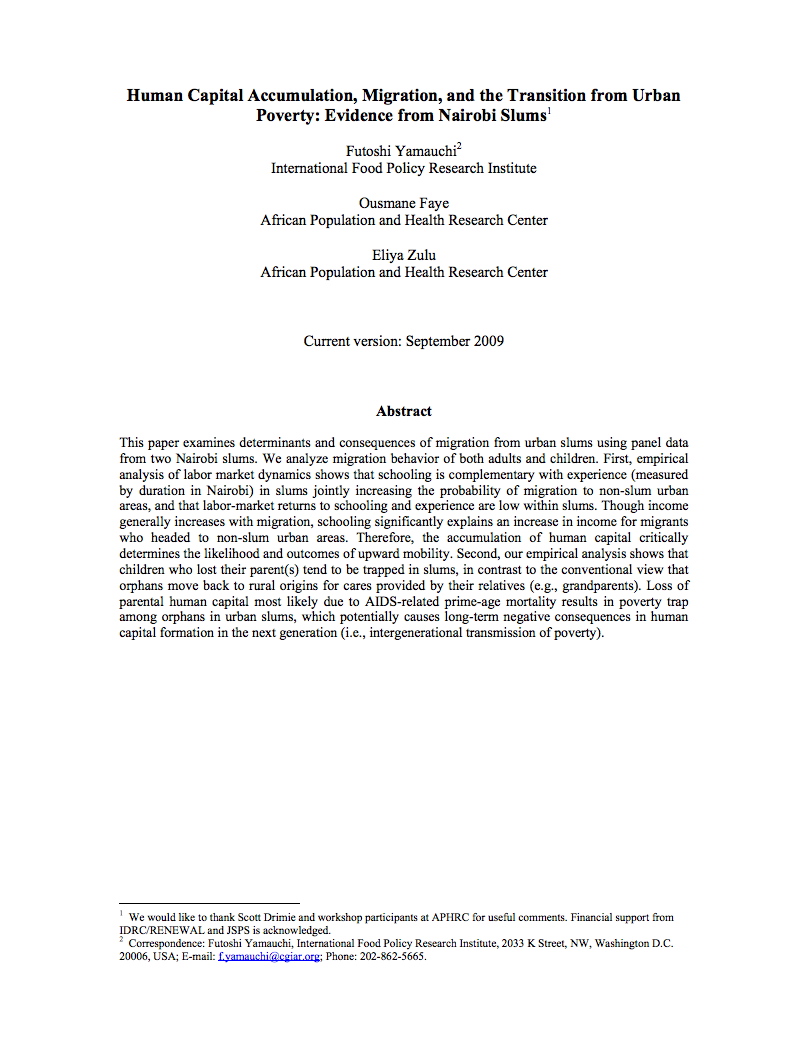Why is child malnutrition lower in urban than rural areas?
"While ample evidence documents that urban children generally have better nutritional status than their rural counterparts, recent research suggests that urban malnutrition is on the rise. The environment, choices, and opportunities of urbanites differ greatly from those of rural dwellers' from employment conditions to social and family networks to access to health care and other services.



